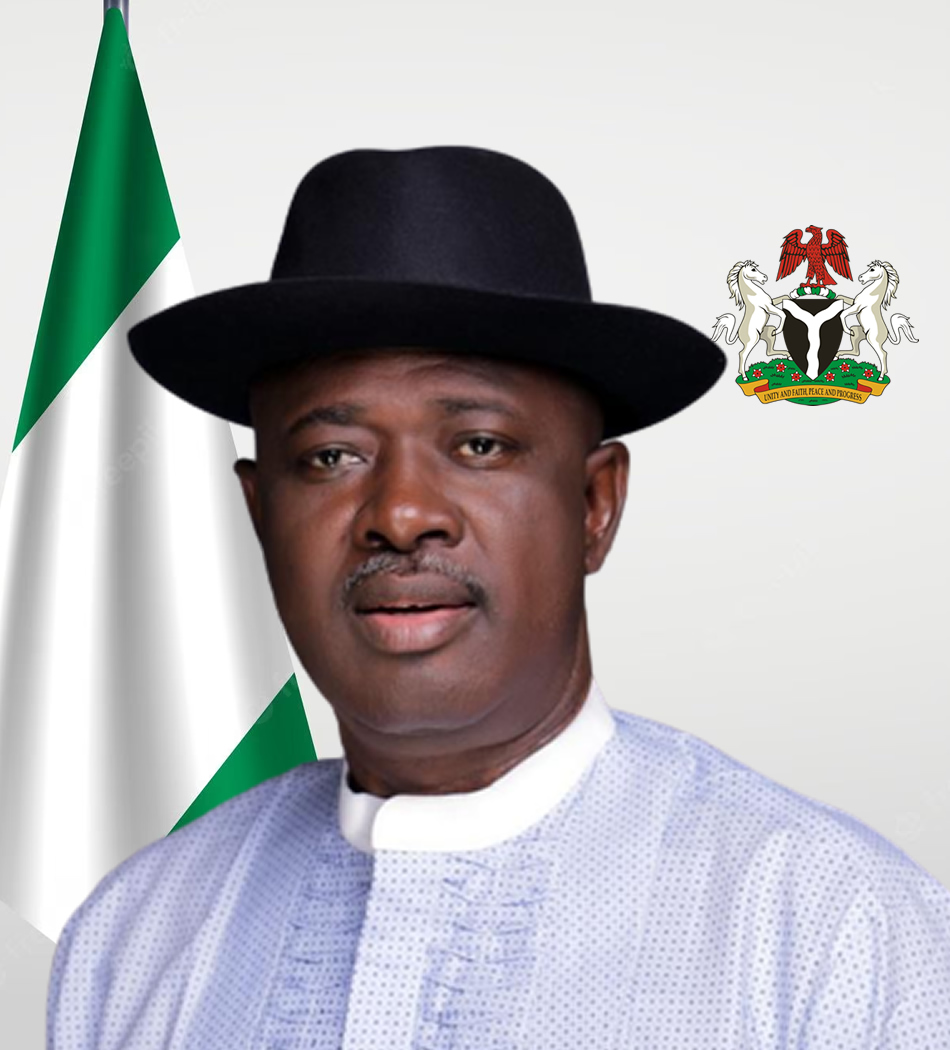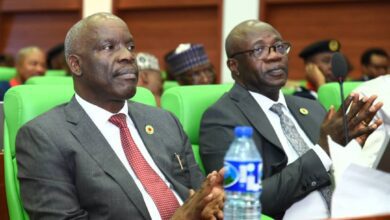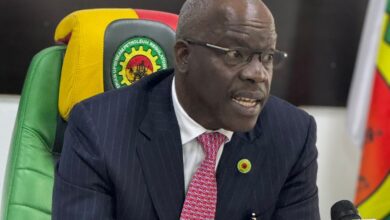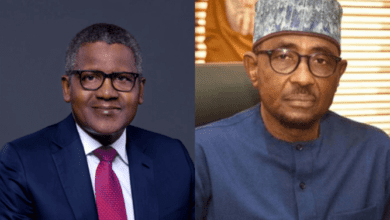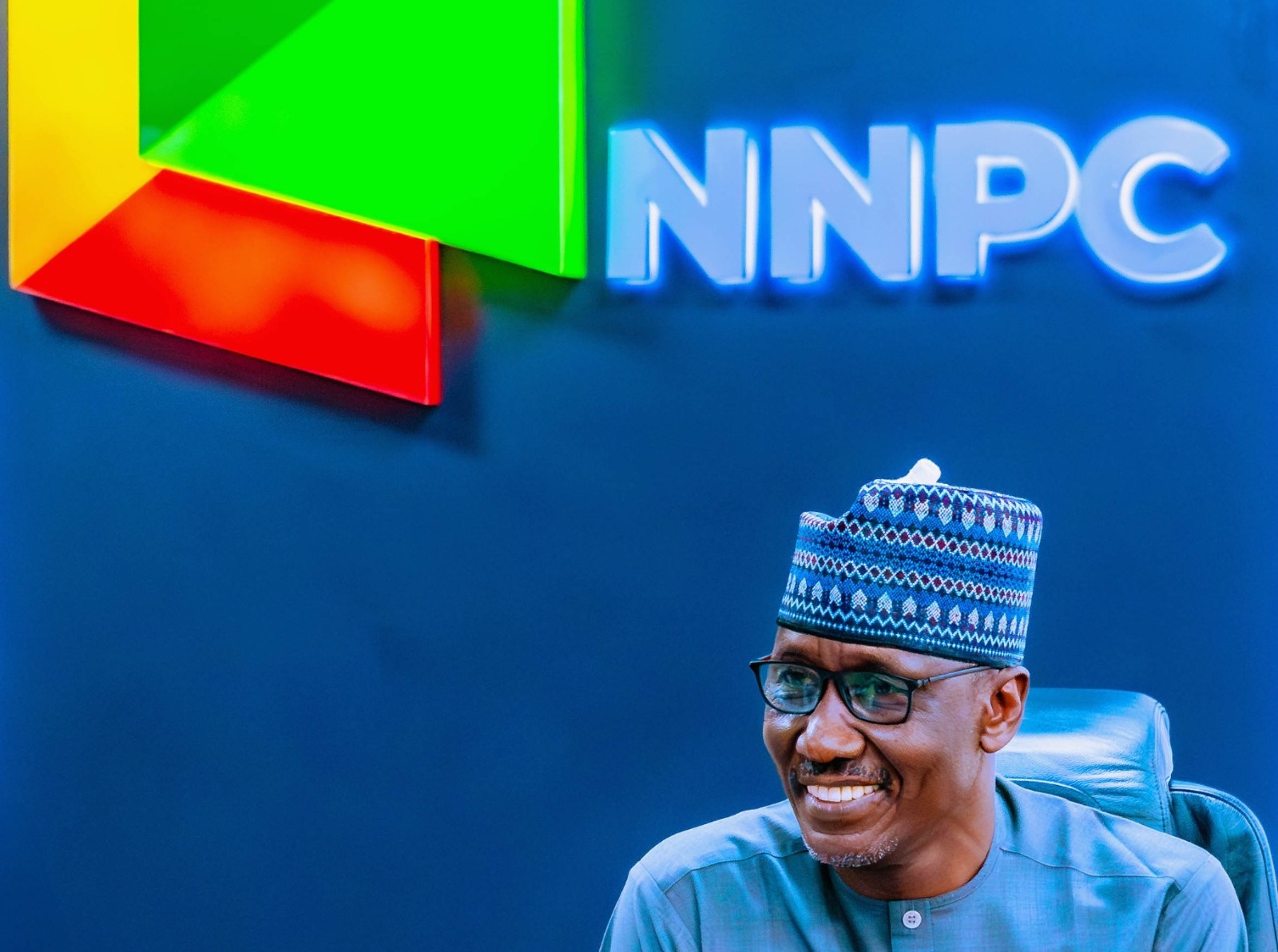NNPCL Adjusts Pump Price Of PMS Across Retail Outlets
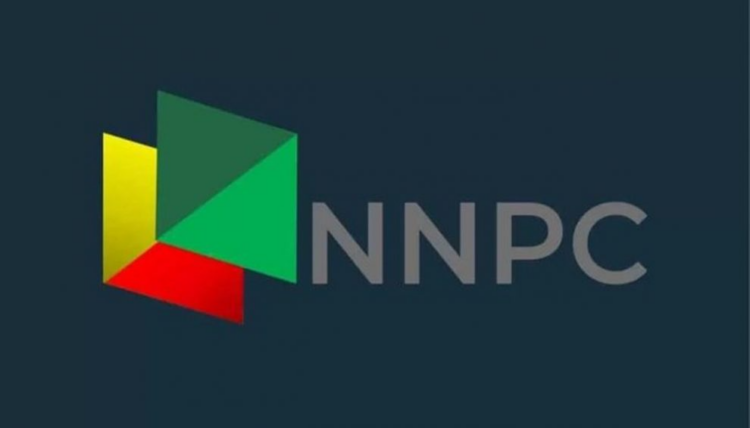
The Nigerian National Petroleum Company Limited (NNPCL) has adjusted pump price of Premium Motor Spirit (PMS), popularly called petrol, across its retail outlets.
NNPC Ltd.’s Chief Corporate Communications Officer, Garba Deen Muhammad announced this in a statement on Wednesday.
He noted that the adjustment was in line with the current market realities.
The statement reads in part: “NNPC Limited wishes to inform our esteemed customers that we have adjusted our pump price of PMS across our retail outlets, in line with the current market realities.
“As we strive to provide you the quality service we are known for, it is pertinent to note that prices will continue to fluctuate to reflect market dynamics.
“We assure you that NNPC Ltd. is committed to ensuring ceaseless supply of products.
“The Company sincerely regrets any inconvenience this development might have caused.
“We greatly appreciate your continued patronage, support and understanding through this time of change and growth”, the company said.
It would be recalled that President Tinubu, shortly after his Inauguration as the President and Commander-in-Chief of the Armed Forces of the Federal Republic of Nigeria on Monday, announced the removal of subsidy on petroleum products.
He argued that the subsidy regime increasingly favoured the rich more than the poor, therefore, the funds would be re-channeled to better the lives of million Nigerians.
A report by Nigeria Extractive Industries Transparency Initiative (NEITI) said, between 2005 to 2021, the country spent $74.3862Billion which translates to 13.697 trillion in Naira.
According to the NEITI report, a breakdown of these figures showed that in 2005, the government paid $2.6Billion (N351Billion) as subsidy. In 2006 & 2007, it paid $1.99Billion & $2.176Billion (N257Billion & N272Billion) respectively.
The report further pointed out that subsidy payments more than doubled in 2008 and 2010 and witnessed the highest increase ever in 2011 to $13.52Billion (N2.11Trillion). A sharp decline was witnessed in the years 2012, 2013, 2014 and 2015 when it dropped to $3.336Billion (N654Billion) in 2012. The decline in subsidy expenditure continued in 2016 and 2017 to as low as $473Million (N154Billion) in 2017.
The reduction was short-lived as the payments skyrocketed to over $3.88Billion (N1.190Trillion) in 2018 and 2021 to $3.575Billion (N1.43Trillion). By these figures, Nigeria expended an average of 805.7Billion Naira annually, 67.1Billion monthly or N2.2Billion daily.
While Nigerians were fairly informed of the plan to remove the subsidy, they were however, not ready for a sudden removal without palliatives in place to cushion the effect of the removal.

